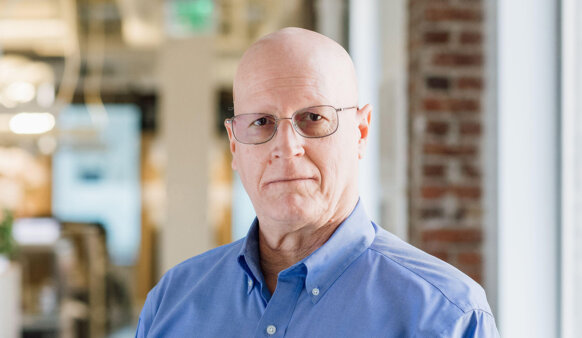January 19, 2021—Perkins&Will and the American Institute of Architects (AIA) today released best practices for creating and implementing comprehensive diversity programs for U.S. firms. In a white paper entitled “Creating a Culture of Justice, Equity, Diversity, and Inclusion in Your Architectural Practice,” authors Gabrielle Bullock, FAIA and Bill Schmalz, FAIA maintain that architecture firms must rigorously uphold J.E.D.I. principles to remain relevant to clients, attractive to talent, and competitive in an increasingly diverse world.
“Our industry and society are facing an unprecedented convergence of crises. Economic, health, environmental, social, and racial justice challenges have presented us not just with an opportunity, but also a responsibility, to address them,” says Bullock, who has served as director of global diversity at Perkins&Will since 2013. “We can elevate the industry by challenging the status quo and reimagining the future by looking through the J.E.D.I. lens.”







